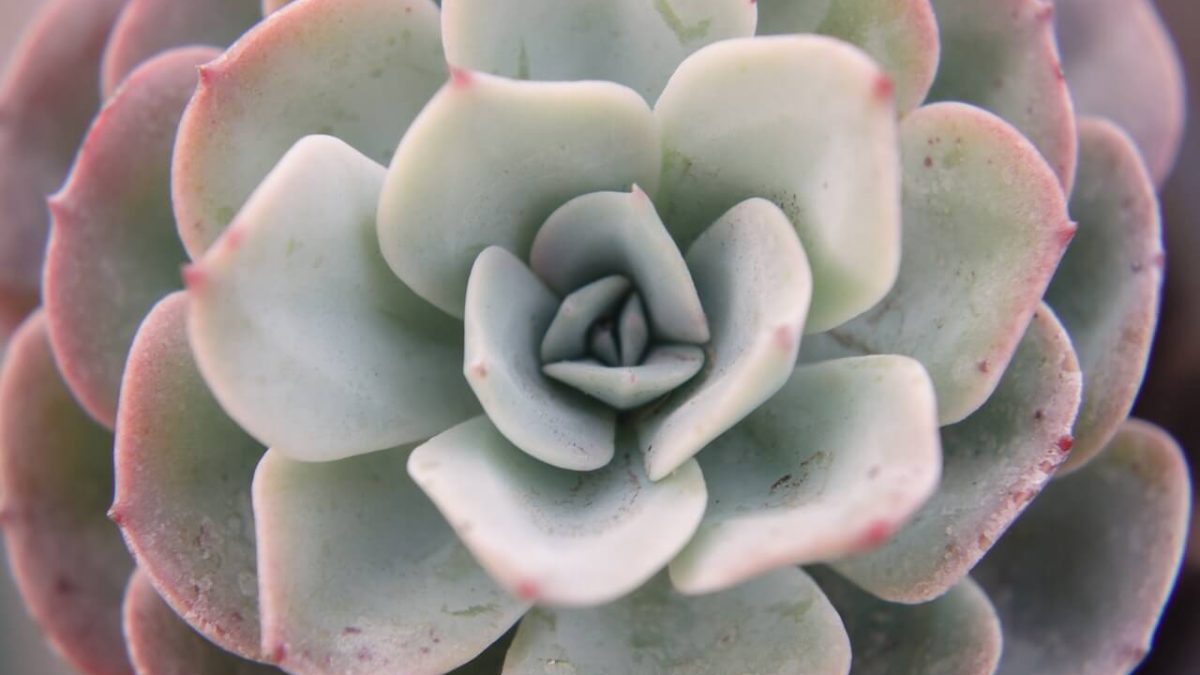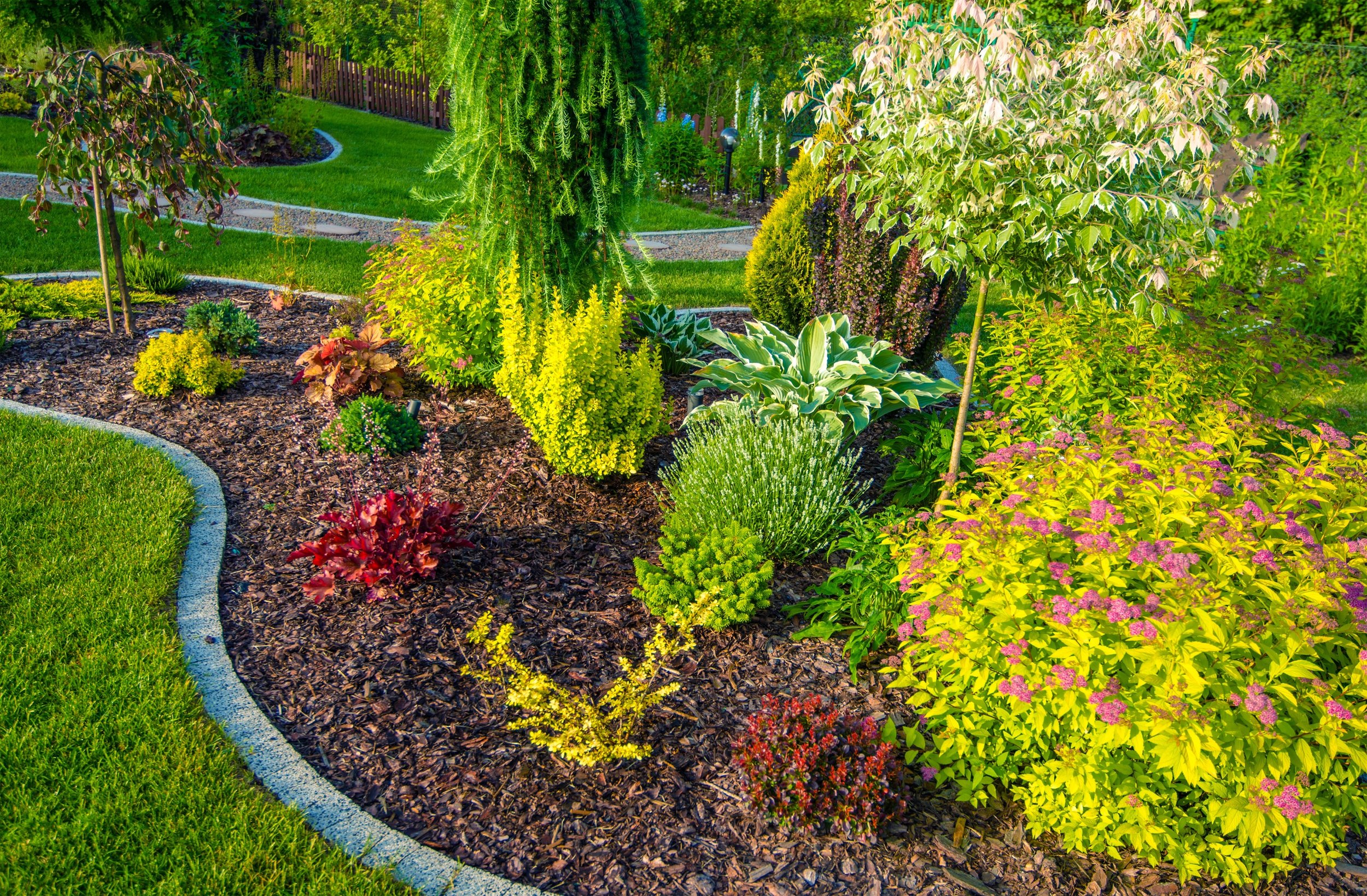Echeveria, a genus of succulent plants, is renowned for its stunning rosette-shaped leaves. These plants come in a variety of colors, sizes, and textures, making them a popular choice for both indoor and outdoor gardens.
Characteristics of Echeveria
- Rosette Formation: Echeveria plants form beautiful rosettes of fleshy leaves that can range from green to shades of blue, purple, and red.
- Low-Maintenance: These succulents are incredibly low-maintenance, making them ideal for busy gardeners.
- Drought Tolerance: Echeveria plants are well-adapted to dry conditions, requiring minimal watering.
Popular Echeveria Varieties
- Echeveria ‘Perle von Nürnberg’: This variety features stunning blue-green rosettes with red tips.
- Echeveria ‘Black Prince’: A striking succulent with dark, almost black leaves.
- Echeveria ‘Lola’: This compact succulent has beautiful pink-tipped leaves.
- Echeveria ‘Setosa’: Known for its hairy leaves, this succulent adds texture to any arrangement.
Caring for Echeveria
- Sunlight: Echeveria plants thrive in bright, indirect sunlight.
- Watering: Water your Echeveria sparingly, allowing the soil to dry out completely between waterings. Overwatering can lead to root rot.
- Soil: Use a well-draining cactus or succulent potting mix.
- Temperature: Echeveria plants prefer warm temperatures, but they can tolerate mild cold.
- Fertilizing: Fertilize your Echeveria once or twice a year with a balanced liquid fertilizer diluted to half strength.
Propagating Echeveria
Echeveria plants can be propagated through leaf cuttings or offsets.
Leaf Cuttings:
- Carefully remove a healthy leaf from the mother plant.
- Allow the cut end to dry for a few days.
- Place the leaf on top of well-draining soil.
- Keep the soil slightly moist and in bright, indirect light.
- New plantlets will eventually form from the base of the leaf.
Offsets:
- Gently remove offsets from the mother plant.
- Allow the offsets to dry for a few days.
- Plant the offsets in well-draining soil.
With their stunning beauty and low-maintenance care, Echeveria plants are a wonderful addition to any home or garden.



